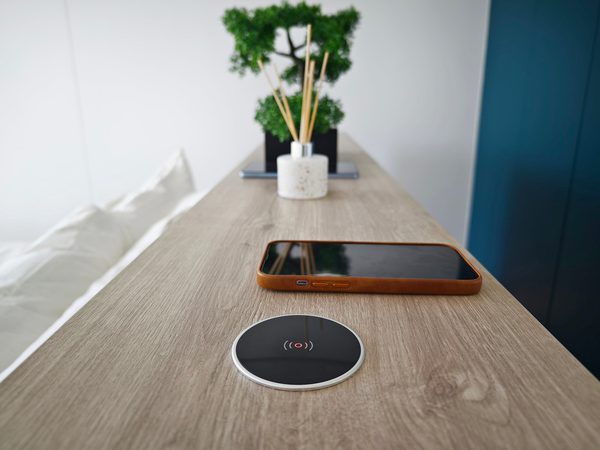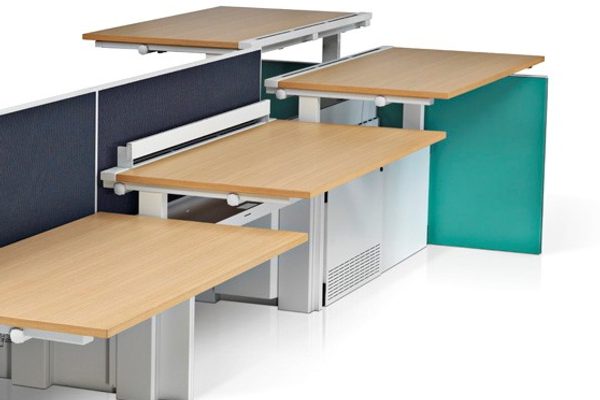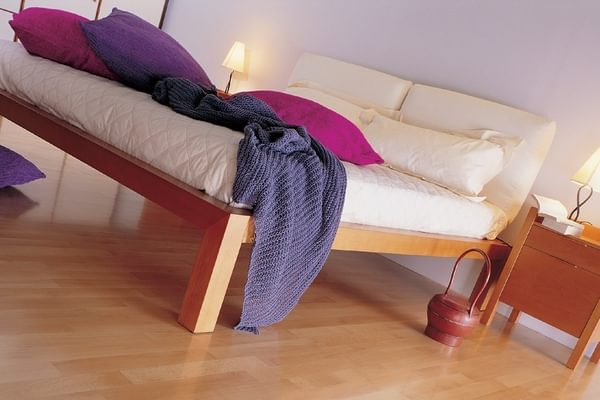News Article
Smart Furniture 2025: Innovation, Standards & What’s Next
The furniture industry is evolving fast — and 2025 has marked a turning point. Driven by technology, sustainability, and shifting consumer expectations, smart furniture is no longer a futuristic concept. It’s here, and it’s changing how we live, work, and relax.

Electrification in Everyday Spaces
From homes to hospitals, the integration of electrical components into furniture is becoming standard. In hospitality, guests now expect smart nightstands with USB ports, climate-responsive furniture, and even mirrors that do more than reflect. Healthcare is also embracing the shift — the NHS Supply Chain’s new framework, launched in May 2025, includes 13 product categories and 52 approved suppliers, many offering smart and adjustable solutions for care environments.
Setting the Standards for Smart Furniture
As smart furniture becomes mainstream, safety and compliance are critical. Two key standards are currently in development:
- BS EN 17684 – Covers mechanical safety, stability, and durability for electrically operated furniture like recliners, adjustable beds, and desks.
- EN 60335-2-116 – A new addition to the IEC 60335 series, focusing on electrical safety for motorised furniture, working alongside BS EN 60335-1.
These standards are expected to be published jointly by BSI and CEN, offering a “presumption of conformity” under the UK’s Supply of Machinery (Safety) Regulations 2008.
FIRA is actively involved in shaping these standards. Led by Senior Ergonomist and Standards Expert Levent Caglar, FIRA supports the industry with:
- Standards Development
- Guidance Documents to help members navigate new regulations
- Risk Assessment Templates aligned with the Machinery Directive
Smart Furniture Goes Mainstream
In 2025, brilliant furniture has moved from novelty to necessity. Think desks with wireless charging, beds that track sleep, and modular systems that adapt to urban living. These innovations are no longer luxuries — they’re expectations.
Sustainability Meets Innovation
Manufacturers are blending eco-conscious materials like bamboo and recycled metals with smart tech, proving that sustainability and innovation can go hand-in-hand.
Design Powered by AI & 3D Tools
Behind the scenes, AI and 3D visualisation are revolutionising product development. Designers can now prototype and test smart features virtually, reducing waste and speeding up time to market.
E-Commerce & Digital Demand
With more consumers shopping online, brands are showcasing smart furniture through immersive digital experiences — from augmented reality previews to interactive demos.
What’s Next?
Looking ahead, expect even more innovation:
- Wireless power transfer for seamless charging
- AI-driven personalisation of furniture settings
- Modular smart systems for flexible, space-saving solutions
As electrification becomes an essential aspect of modern furniture, companies need to stay informed about the latest standards and innovations. We are here to provide expert guidance for our members, so they can confidently navigate this evolving landscape, ensuring that their products are safe, compliant, and ready for the market.


